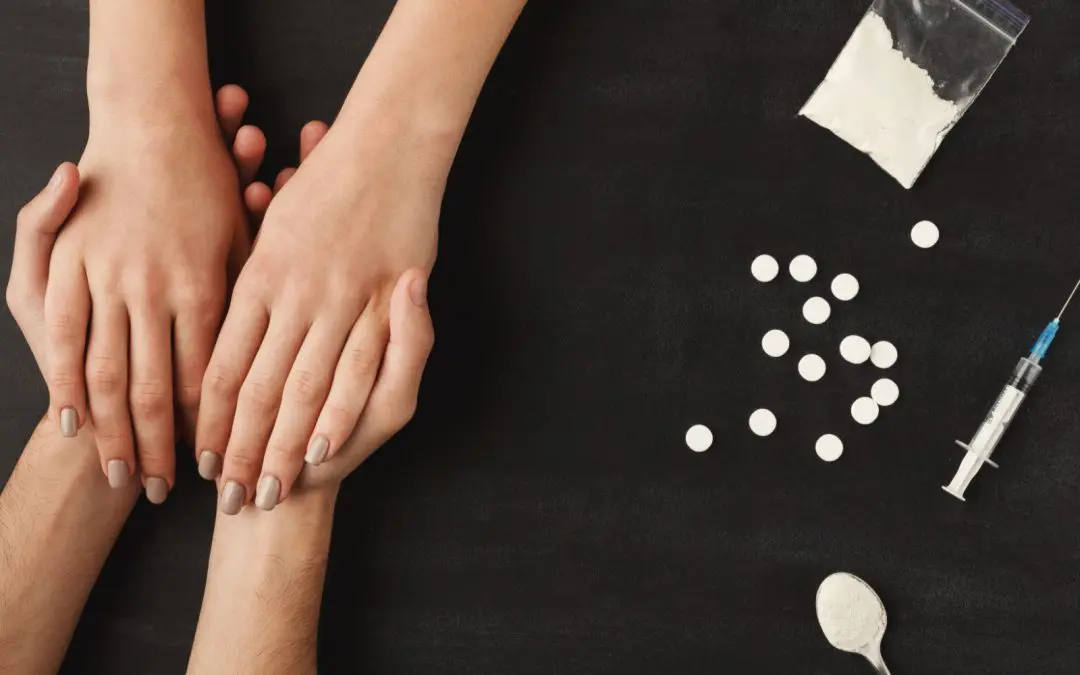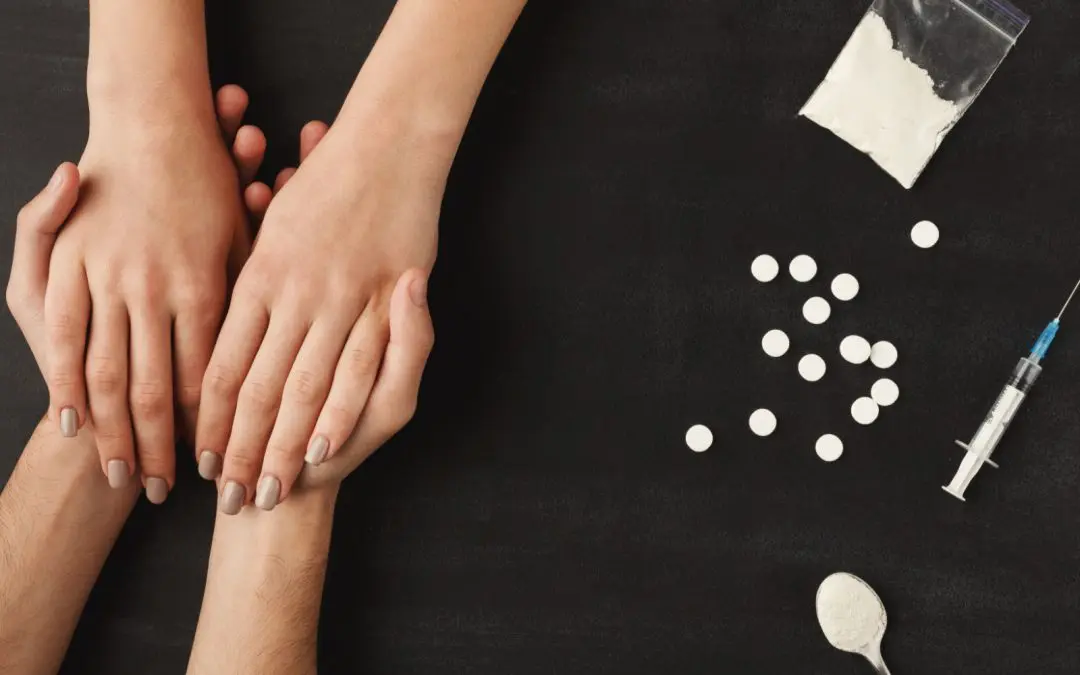24/7 Helpline:
(866) 899-221924/7 Helpline:
(866) 899-2219
Learn more about Inpatient Rehab centers in Kalaheo
Inpatient Rehab in Other Cities

Other Insurance Options

Health Partners

Multiplan

Regence

CareSource

CareFirst

MHNNet Behavioral Health

Magellan Health

Holman Group

Meritain

GEHA

UnitedHealth Group

Access to Recovery (ATR) Voucher

Premera

ComPsych

Covered California

Kaiser Permanente

PHCS Network

United Health Care

Evernorth

Humana

Ahu Waiwai
In Honolulu, Hawaii, Ahu Waiwai is a drug and alcohol treatment center that supports adults with sub...



Hina Mauka – Kapaa High School
Hina Mauka Teen Care - Kapaa High School provides quality substance abuse services to adolescents. H...

Hina Mauka Teen Care – Kauai High School
Hina Mauka Teen Care - Kauai High School is an outpatient rehab that offers recovery treatment progr...

Hina Mauka Teen Care – Waimea High School
Hina Mauka Teen Care - Waimea High School provides quality substance abuse services to adolescents. ...



CARE Hawaii – Outpatient
CARE Hawaii – Outpatient is a private rehab located in Lihue, Hawaii. CARE Hawaii – Outpatient speci...

AA – Alcoholics Anonymous
AA – Alcoholics Anonymous is a non-profit rehab located in Lihue, Hawaii. AA – Alcoholics Anonymous ...

North Hawaii Adult Mental Health – Waimea Clinic
North Hawaii Adult Mental Health – Waimea Clinic is a public rehab located in Waimea, Hawaii. North ...

Hina Mauka Teen Care – Kamakehelei Middle School
Hina Mauka Teen Care - Kamakehelei Middle School provides quality substance abuse services to adoles...

Samuel Mahelona Memorial Hospital – Behavioral Health
Samuel Mahelona Memorial Hospital – Behavioral Health is a public rehab located in Kapaa, Hawaii. Sa...

U – Turn for Christ Kaua’i
U – Turn for Christ Kaua’i is a private rehab located in Kapaa, Hawaii. U – Turn for Christ Kaua’i s...

Hina Mauka Teen Care – Waimea Canyon Middle School
Hina Mauka Teen Care - Waimea Canyon Middle School provides quality substance abuse services to adol...

Hina Mauka Teen Care – Kapaa Middle School
Hina Mauka Teen Care - Kapaa Middle School provides quality substance abuse services to adolescents....

Women In Need
Women In Need is a private rehab located in Lihue, Hawaii. Women In Need specializes in the treatmen...

U Turn For Christ
U-Turn For Christ is a non-denominational ministry designed to help restore to wholeness adult men w...


































































